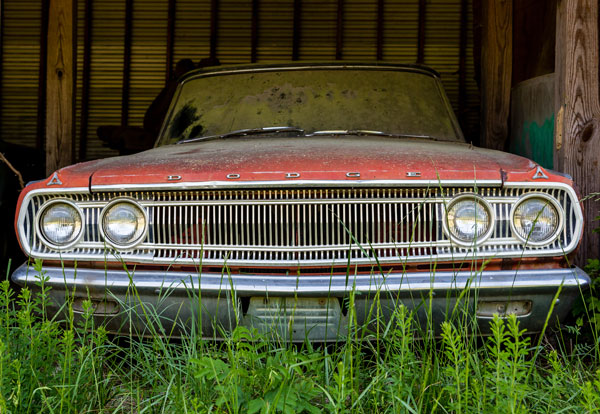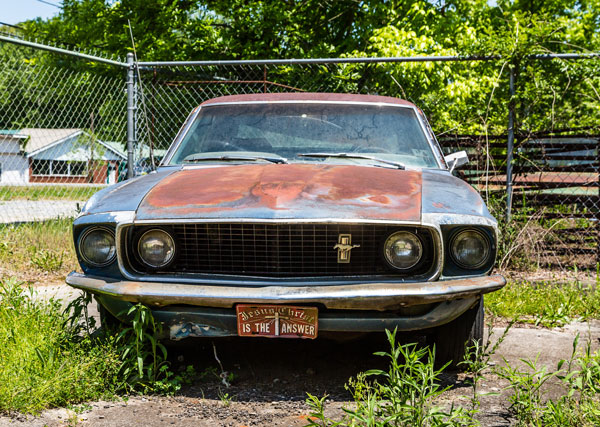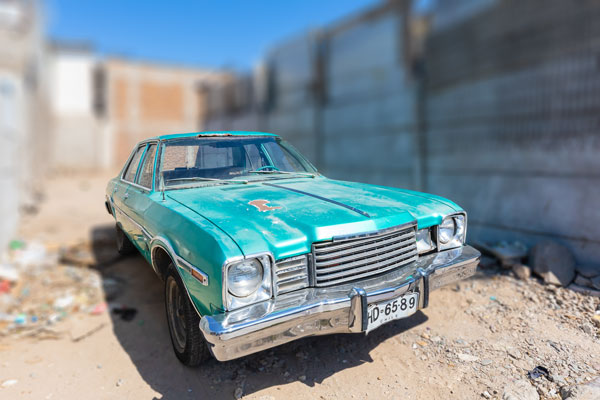Those of you who live in cold, snowy, or hot moist climates know the menace of rust. Although your classic is more at risk in those areas, corrosion tends to eventually attack vintage vehicles at some point. However, the history of car rust is not so simple. Modern cars today can withstand rust better due to a combination of advancements in design, manufacturing, engineering, and implementing anti-rust plans.

Thick Skin and Steel Frames
Galvanization is a chemical process that fights rust. Sounds like the perfect solution for cars, right? Wrong. Even though the Brooklyn bridge used over 15,000 miles of the galvanized wire during construction in 1883, car companies didn’t catch on. Instead, up until the 1950s, the steel used to build cars was much thicker than today. Even though rust could still affect thick steel, it took a long time to ultimately corrode.
Cult of Consumerism
Another crude solution to rust is to not let your car age. In addition to thick steel frames, 1950’s post-war American convinced consumers that they needed a new car every other year. Car companies would frequently introduce new body styles during that same time, making the appeal of a brand-new car too good to pass up.
Finally, Zinc
While the general American population was fine with swapping cars like hot potatoes, overseas felt differently. And we’re not talking Europe. Japan is an island nation that habitually fights moisture from the sea air. As Japan became a new automotive powerhouse, companies like GM, Chrysler, and Ford began taking on anti-corrosion technology. Enter galvanization.

Rust happens when metal gives up its electrons to another piece of metal willing to receive it. Typically, a liquid, otherwise known as an electrode, facilitates this transfer. With cars, steel gives up its electron to water, road salt, and carbon dioxide from the atmosphere.
Galvanization is the process of coating steel with zinc to avoid corrosion and rust. In other words, it halts the chemical process of rust from occurring by keeping the metal’s electrons in place and instead, sacrificing its own.
Glass Bones and the Unibody
After American companies began adopting galvanization, they also started simplifying designs. This decision was partially an imitation to Japanese designs, so moisture can’t get into smaller parts of the car.

Anti-Rust Treatments
As the ’90s came around, so did multi-year corrosion warranties. Although many different and effective anti-rust treatments exist, none can guarantee zero perforation. The easiest and safest way to avoid the risk of rust is to take care of your classic. Keep it away from salt. Remember to always park it in a dry yet ventilated area. And as always, store it in a safe spot for winter.
